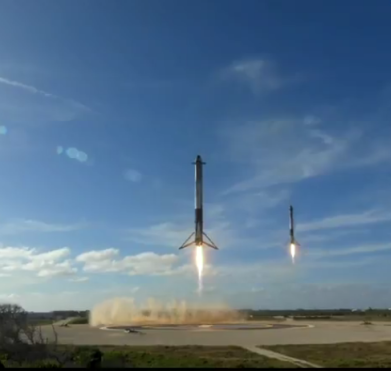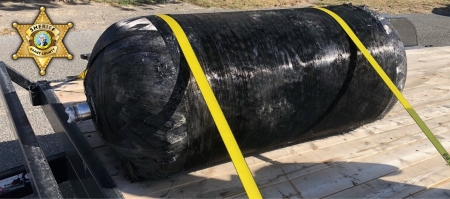SpaceX launches commercial radio satellite with reused Falcon 9
Capitalism in space: SpaceX tonight successfully launched a Sirius-XM commercial radio satellite using its Falcon 9 rocket.
The first stage, making its third flight, successfully landed on the drone ship in the Atlantic. Note too that this launch took place only three days after SpaceX’s previous launch. Watching it take place, I was struck by how completely routine everything seemed. While rocketry will never be easy, SpaceX now makes it look so, and they do so because, unlike all other rocket companies, they did not stop upgrading and improving their rocket once it became somewhat reliable. Instead, they focused on making it more reliable than any rocket ever by making it reusable. That effort has now paid off, giving them a rocket that works like clockwork, practically every time.
The leaders in the 2021 launch race:
18 SpaceX
15 China
8 Russia
2 Rocket Lab
2 ULA
The U.S. now leads China 24 to 15 in the national rankings.
Capitalism in space: SpaceX tonight successfully launched a Sirius-XM commercial radio satellite using its Falcon 9 rocket.
The first stage, making its third flight, successfully landed on the drone ship in the Atlantic. Note too that this launch took place only three days after SpaceX’s previous launch. Watching it take place, I was struck by how completely routine everything seemed. While rocketry will never be easy, SpaceX now makes it look so, and they do so because, unlike all other rocket companies, they did not stop upgrading and improving their rocket once it became somewhat reliable. Instead, they focused on making it more reliable than any rocket ever by making it reusable. That effort has now paid off, giving them a rocket that works like clockwork, practically every time.
The leaders in the 2021 launch race:
18 SpaceX
15 China
8 Russia
2 Rocket Lab
2 ULA
The U.S. now leads China 24 to 15 in the national rankings.



